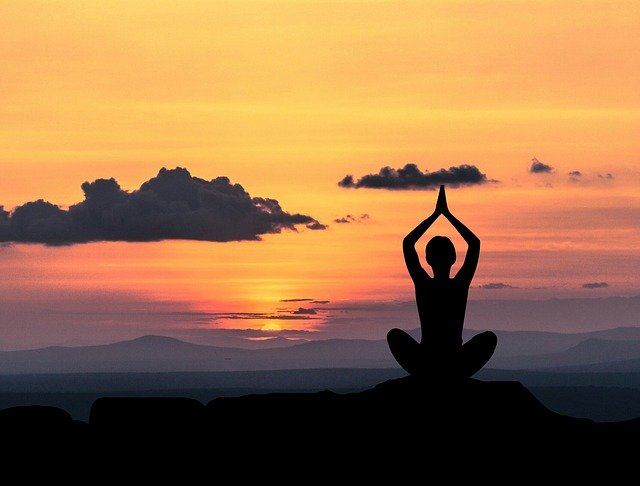International Yoga Day 2020 – How does Yoga Help Calm the Mind?
Related Articles
Top Companies Doing CSR for the Visually Impaired
India houses 20% of the world’s visually impaired population, and the largest number of blind children in any country. Experts from Orbis India and...
This is why you should not eat after 10 pm
Late night munching has become a generic practice in many Indian homes, from late hour work to absurd timing of eating, while this might...
The Silent Office Struggle: Is Your AC Messing With Your Gut?
It usually starts quietly. You sit down at your desk, open your laptop, sip your morning coffee—and by mid-morning, something feels off. Your stomach...



 Bharti Gitay is Psychologist & Outreach Associate at Mpower – The Centre, Mumbai. She is a compassionate Mental Health professional dedicated to providing effective and empathetic care. She is passionate about mindfulness practice with individuals and families to help live a meaningful and authentic life. She is a trained ACT therapist.
Bharti Gitay is Psychologist & Outreach Associate at Mpower – The Centre, Mumbai. She is a compassionate Mental Health professional dedicated to providing effective and empathetic care. She is passionate about mindfulness practice with individuals and families to help live a meaningful and authentic life. She is a trained ACT therapist.